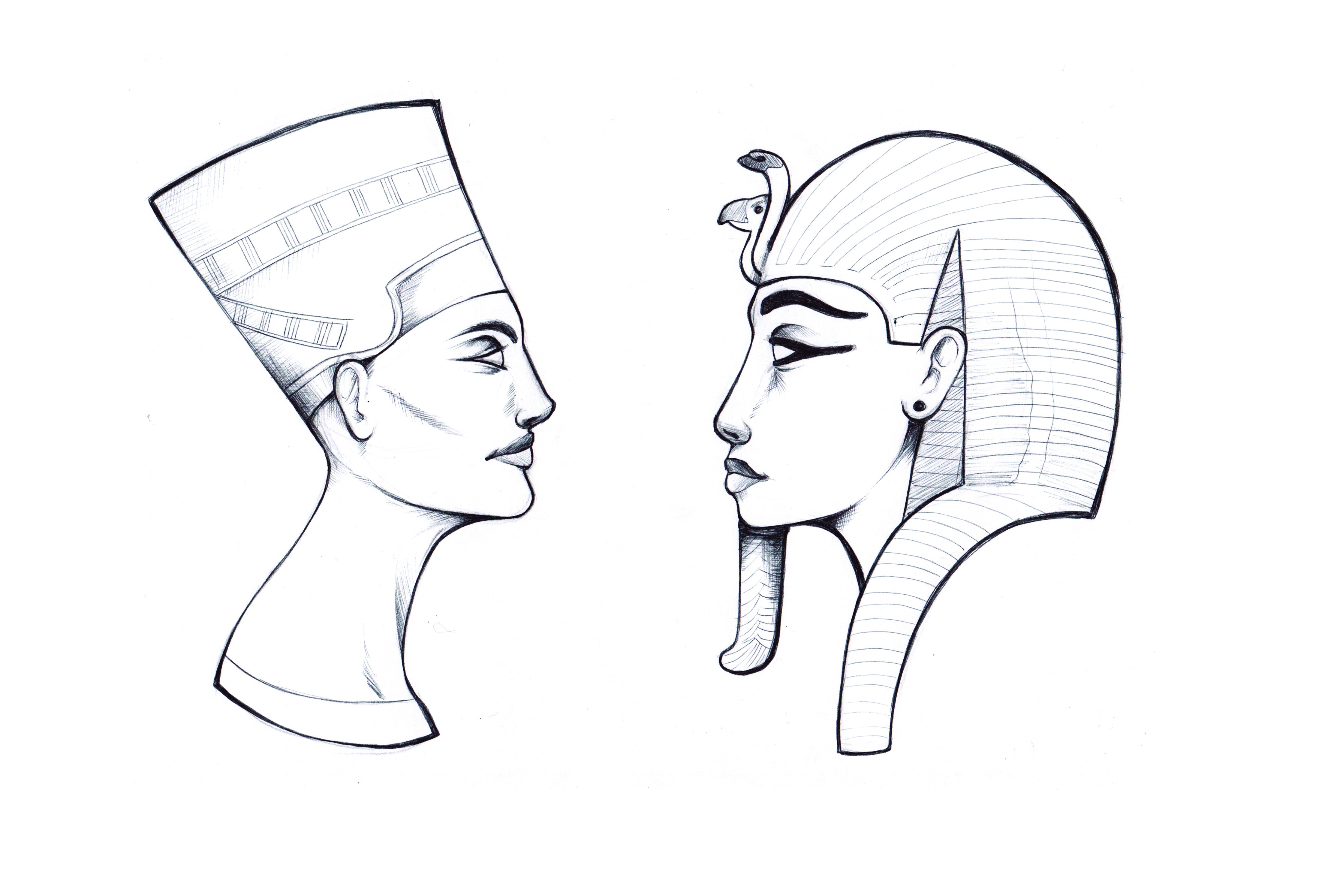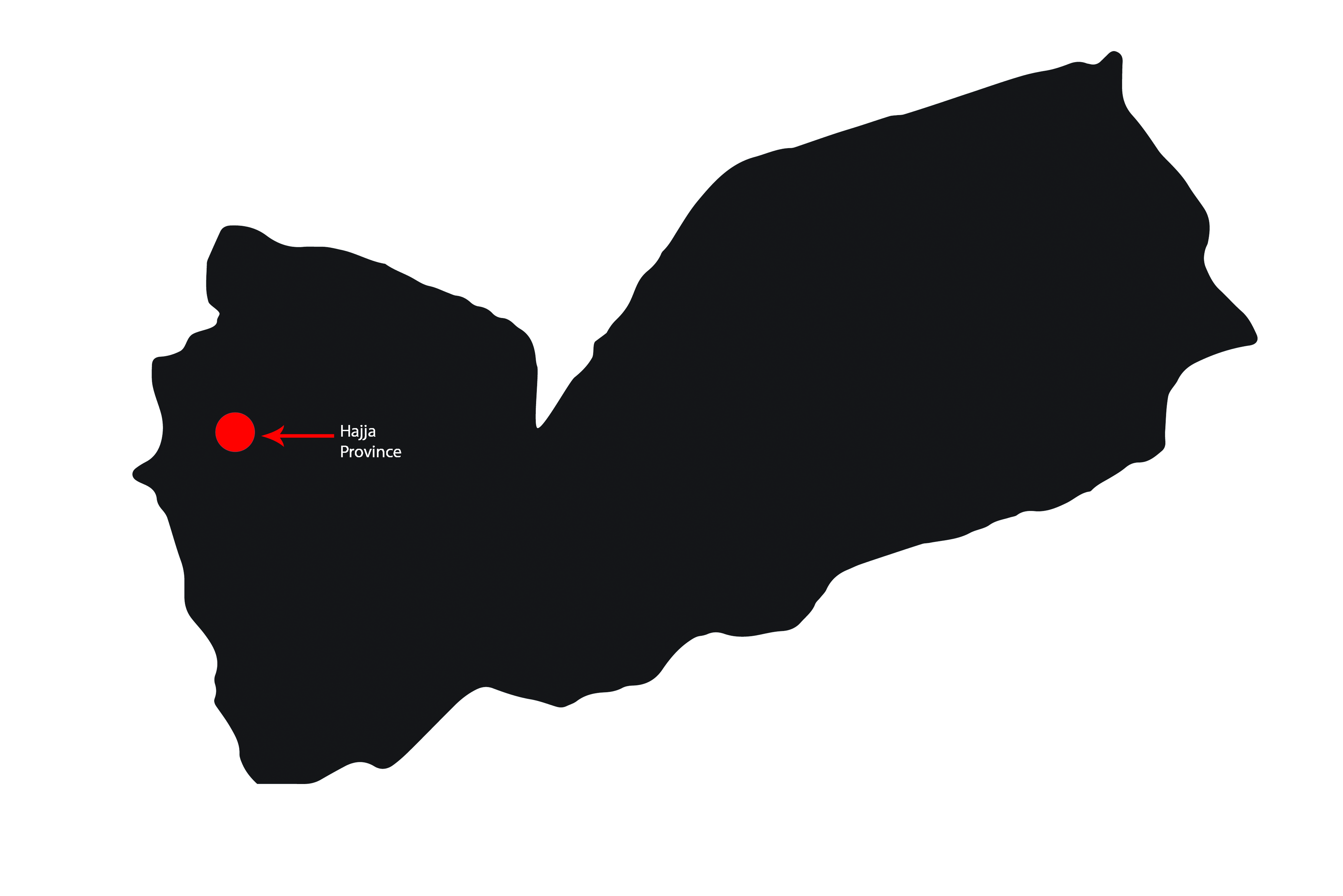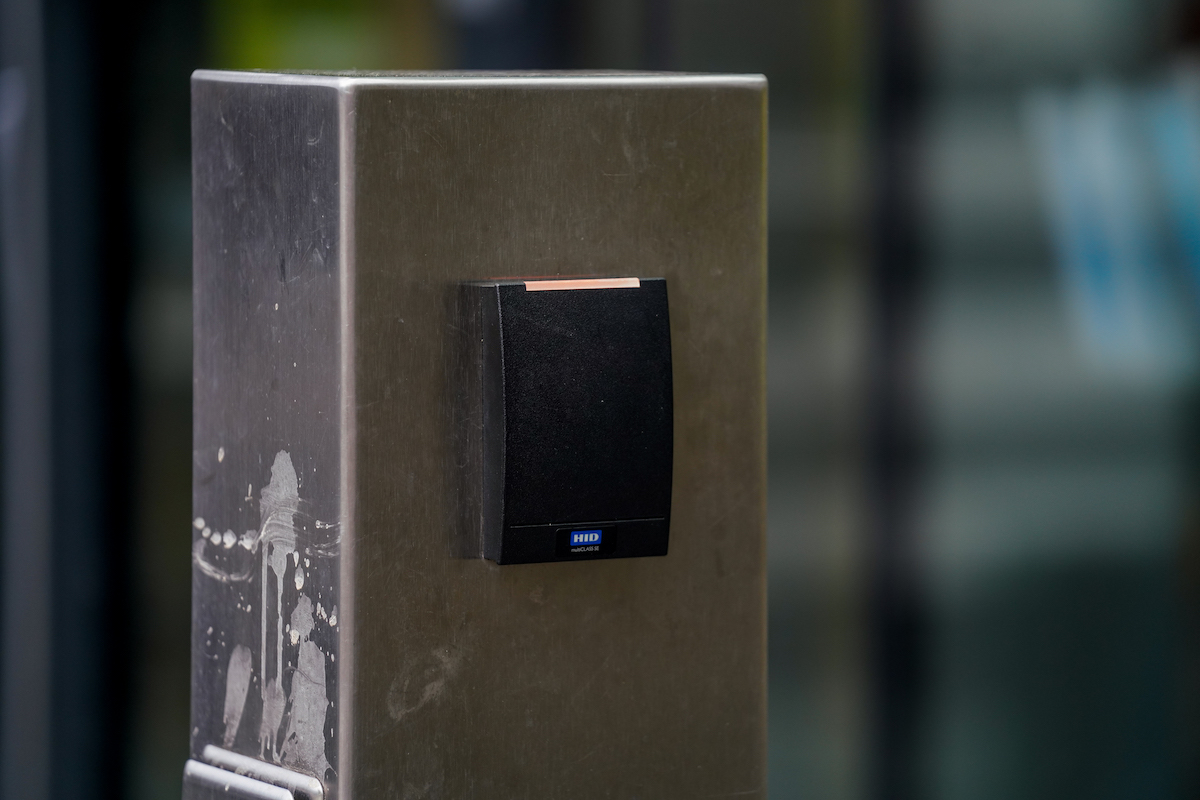Egyptian history took center stage at Portland State on March 29.
Dr. Pearce Creasman, director of the University of Arizona Egyptian Expedition, gave an hour-long seminar on temples, king burials, and mysterious connections about ancient Pharaohs.
The room was at capacity with an older demographic of an engaged audience asking questions after every slide. Creasman is extremely knowledgeable about the field, and added humor throughout the presentation. His interest in Egyptian culture stems far beyond just temples.
“[I’m] curious in the Maritime world…their society,” Creasman said. “No one looks at Egypt that way. We know a lot about death, but almost nothing about life.”
Creasman is experienced in archaeological research in Egypt, and has been associated with UA for their Egyptian expeditions.
Two years ago, Creasman and his crew discovered a brand new temple made out of mud brick. They suspect it either belonged to the tenth son of Rameses or his grandfather. Mysteries like this led to a flood of questions and theories about hidden and undiscovered temples.
Creasman had one main objective for the audience: “To be curious. If you’re not looking, none of this would have been found. Just be curious.”
More mystery arose in the presentation in discussion of Nefertiti and Tutankhamun. Recently, the mask that had been archived from Tutankhamun was damaged by people cleaning it. The beard had fallen off, and they glued it back on. In order to assemble the mask back together, it needed to be repositioned, revealing other parts of the mask.
Through this series of events, a discovery was made: there was another name on the mask—Nefertiti. This rose the question of whether or not this was originally Tutankhamun’s mask, and if perhaps the beard wasn’t originally intended. Creasman believes the mysteries don’t stop there.
“I can’t even get my brain around how much more there is to know,” Creasman said. “There are missing pyramids. If we can’t find pyramids, what else are we missing? There will be new discoveries all the time.”
And through his presentation, Creasman shared more discoveries. Within King Tut’s temple, there is a right turn. However, king’s temples traditionally turn left, so Creasman brought up the question: Why does King Tut’s turn right? Nefertiti didn’t receive a proper burial; was he buried with her? Creasman doesn’t think there is enough evidence to support the idea, but he believes it creates an interesting controversy.
The presentation was riddled with attentive patrons who asked many questions, and even stayed after the presentation to further talk with Creasman. He also mentioned another project that he and UA are participating in: building a public library in Egypt with free internet and books. Creasman believes this is the most important thing going on right now, as it will help educate the people and preserve Egyptian culture.




